When you think of classic coupes, muscle and style usually come to mind. But some of the best ones weren’t just about straight-line speed—they had the kind of balance, steering feel, and suspension setup that let them really handle. These cars could hold a line, react quickly, and make drivers feel connected, even without modern tech.
They might not all be famous today, but these ten classics earned their place by putting driving dynamics front and center. They prove that handling was just as important as horsepower, even decades ago.
1970 BMW 2002
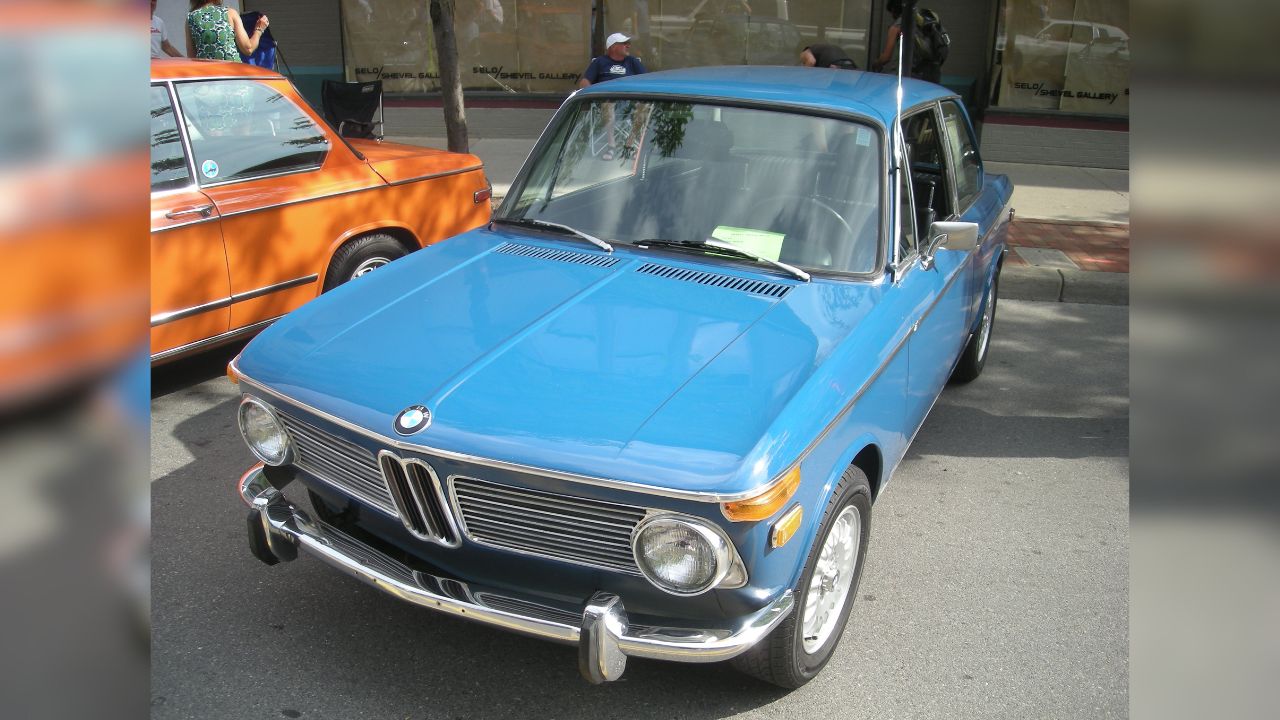
The 2002 wasn’t big on power—just 100 to 130 hp depending on spec—but it made the most of every bit. The real story was the chassis: MacPherson struts up front, semi-trailing arms in back, and a near 50/50 weight distribution. Light steering and tight dimensions made it perfect for backroads.
It only weighed around 2,300 pounds, and when paired with a 4-speed manual, it responded quickly to inputs. The interior was minimal but focused. Thin pillars and great visibility added to the confidence behind the wheel. It didn’t need to be flashy—it just worked.
1983 Toyota Corolla Levin AE86

Rear-wheel drive, lightweight, and tossable—the AE86 Levin was built with balance in mind. It used a 1.6L twin-cam 4A-GE with around 130 hp and came with a 5-speed manual. The suspension was simple—MacPherson up front, live axle in the rear—but it worked thanks to low weight and good tuning.
It weighed under 2,300 pounds and responded well to lift-throttle or mid-corner adjustments. The steering had feel, and the seating position was upright and well-placed. On tight roads or autocross courses, it could hang with more powerful cars simply by being predictable and quick to rotate.
1973 Alfa Romeo GTV 2000
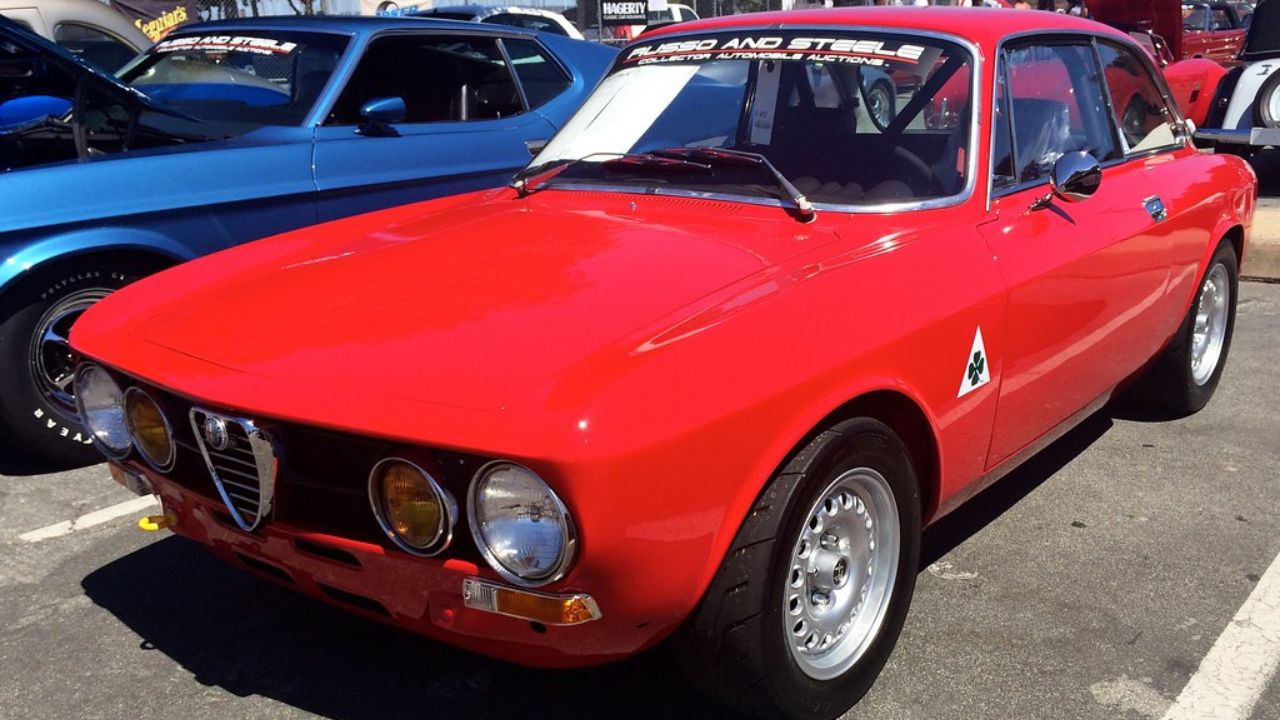
The GTV 2000 packed a 2.0L twin-cam four making 130 hp, and while that doesn’t sound like much, the real magic was in the suspension setup and the feel through the wheel. It used a double wishbone front end and a live axle rear, but with enough finesse to make it feel lively.
It weighed just under 2,500 pounds, and with rear-drive, disc brakes all around, and a limited-slip diff, it was capable and communicative. The interior was straightforward but functional, with well-placed pedals and a wooden steering wheel that stayed busy in the corners.
1979 Mazda RX-7 (SA22C)
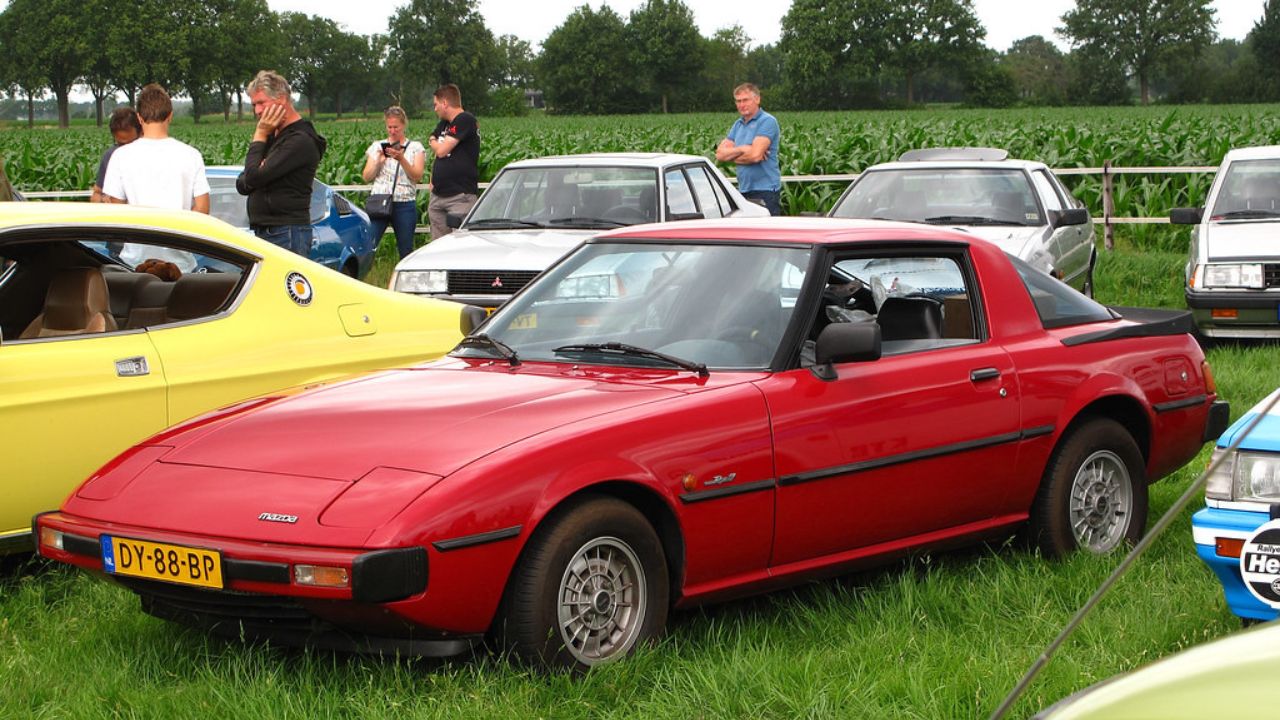
The first-gen RX-7 made 100 hp from its 1.1L 12A rotary, but with a curb weight under 2,400 pounds and a low center of gravity, it handled better than most cars in its price range. The rack-and-pinion steering was direct, and the front-midship layout helped keep it balanced.
Front struts and a well-sorted live rear axle gave it just enough grip to make the most of that high-revving engine. It also had great pedal feel and a solid driving position. On a technical road, it didn’t need more power—it had enough feedback to keep you dialed in.
1965 Ford Mustang GT350 (Shelby)
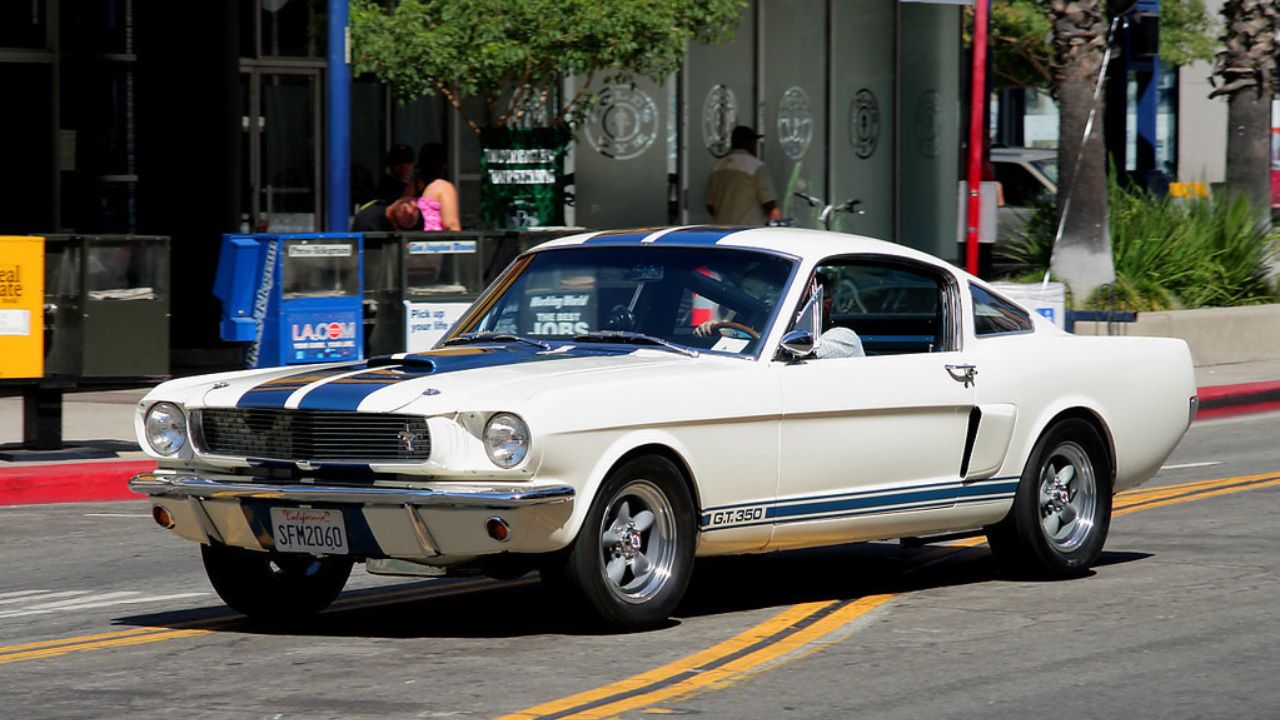
This wasn’t your average Mustang. The GT350 started life as a K-code fastback and got upgraded with a high-revving 289 V8, revised suspension, Koni shocks, and stiffer springs. Shelby relocated the battery to the trunk and swapped the rear seat for weight savings.
The result was a 306-hp coupe that handled more like a European GT than a Detroit cruiser. It had firm steering, sharp response, and enough bite in the corners to make it competitive on track. It wasn’t subtle, but for a ’60s American coupe, it could carve corners better than most.
1978 Porsche 924
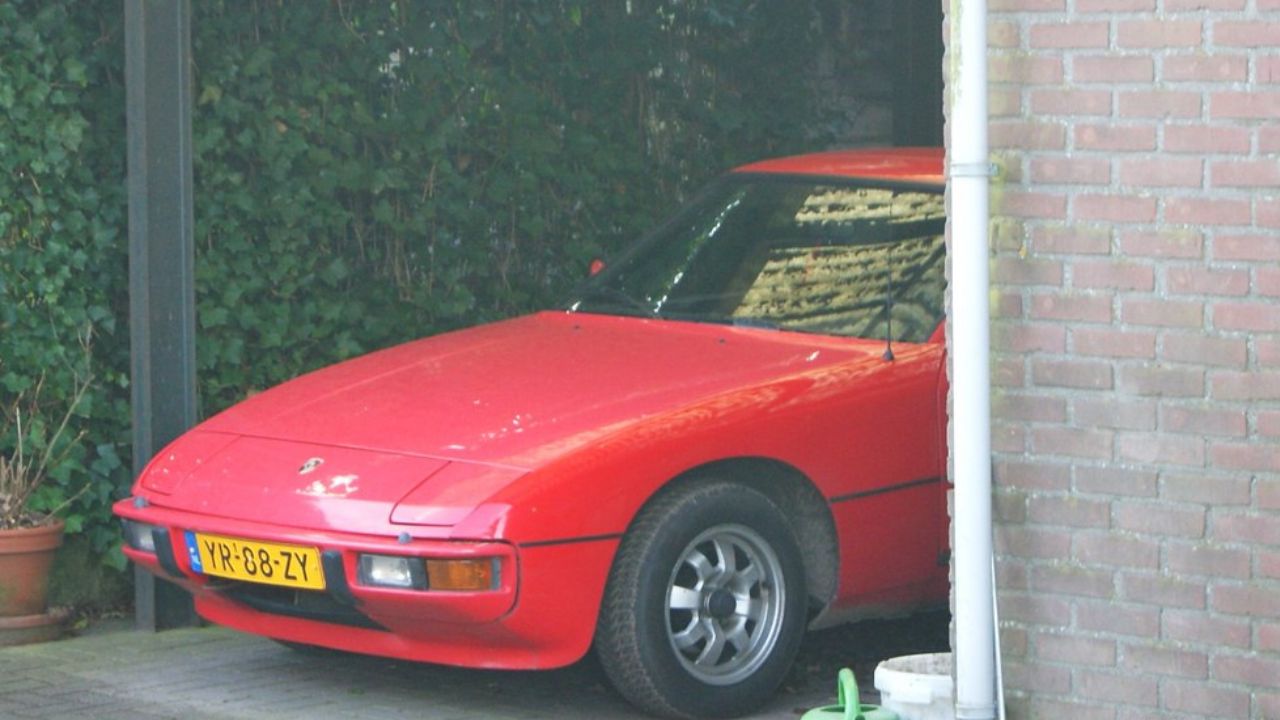
Ignore the badge-snobs—early 924s were light, balanced, and easy to place. The transaxle layout (engine up front, gearbox in back) gave it near-perfect weight distribution. Even with just 95–110 hp from its Audi-sourced inline-four, it handled cleanly and predictably.
MacPherson struts up front and trailing arms in back kept things composed, especially in long sweepers. The steering was light but precise, and the driving position was low and forward. It was one of the few coupes of the era that felt truly neutral mid-corner, even without big horsepower.
1986 BMW E30 325is
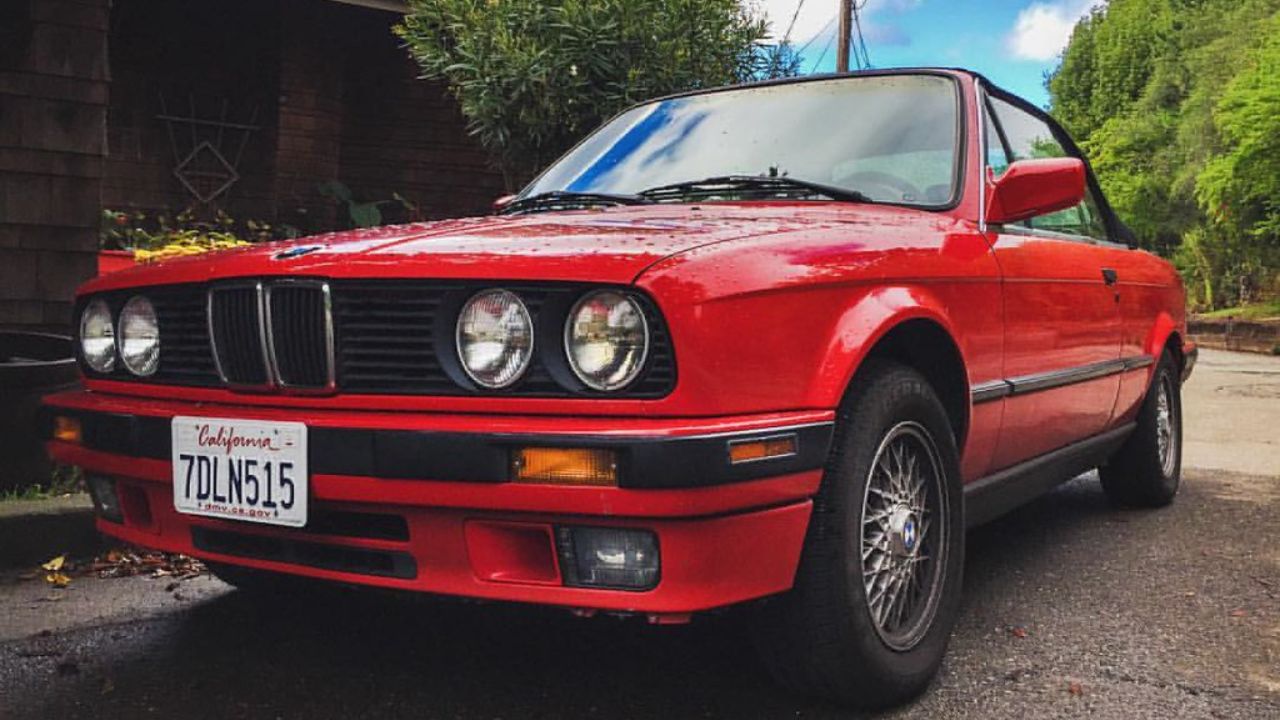
The E30 325is wasn’t a pure sports car, but it could drive like one. It had a 2.5L inline-six pushing out 168 hp and a 5-speed manual that sent power to the rear wheels. More importantly, the chassis had enough feedback to make everyday driving feel sharp.
Strut front, semi-trailing rear, and a well-tuned LSD gave it poise in corners. Steering had weight and feel, and the balance on throttle was excellent. The interior was driver-focused with a clear dash and upright seating. You could daily it all week, and it still felt alive on a Saturday run.
1985 Toyota Supra (MA61)
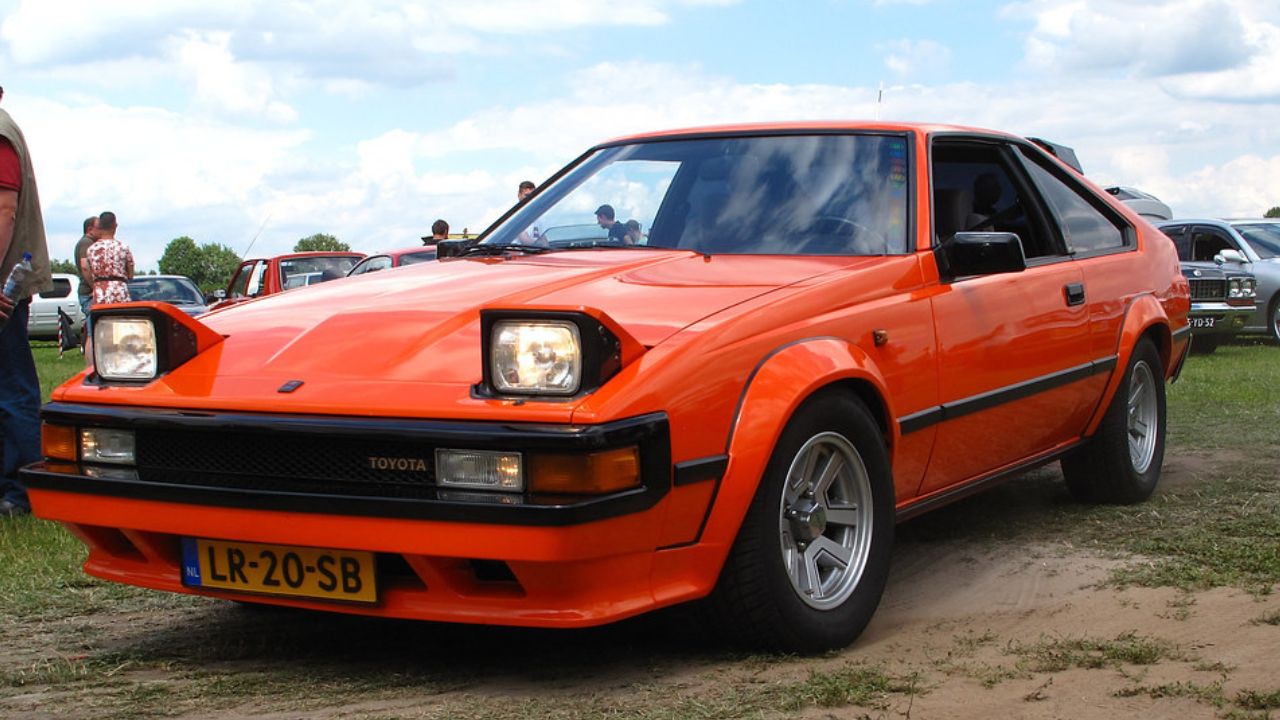
The second-gen Supra often gets overlooked, but the MA61 handled better than most would expect. With independent suspension all around and a near 50/50 weight split, it was more GT than muscle. The 2.8L inline-six made 145–160 hp depending on year.
Tuned by Lotus in its final years, the suspension was firm but composed, and the car rotated well at the limit. It had a solid manual transmission and decent steering feedback. The digital dash and padded cockpit showed its age, but on the right road, it still drove like it wanted to prove something.
1977 Lancia Beta Coupe
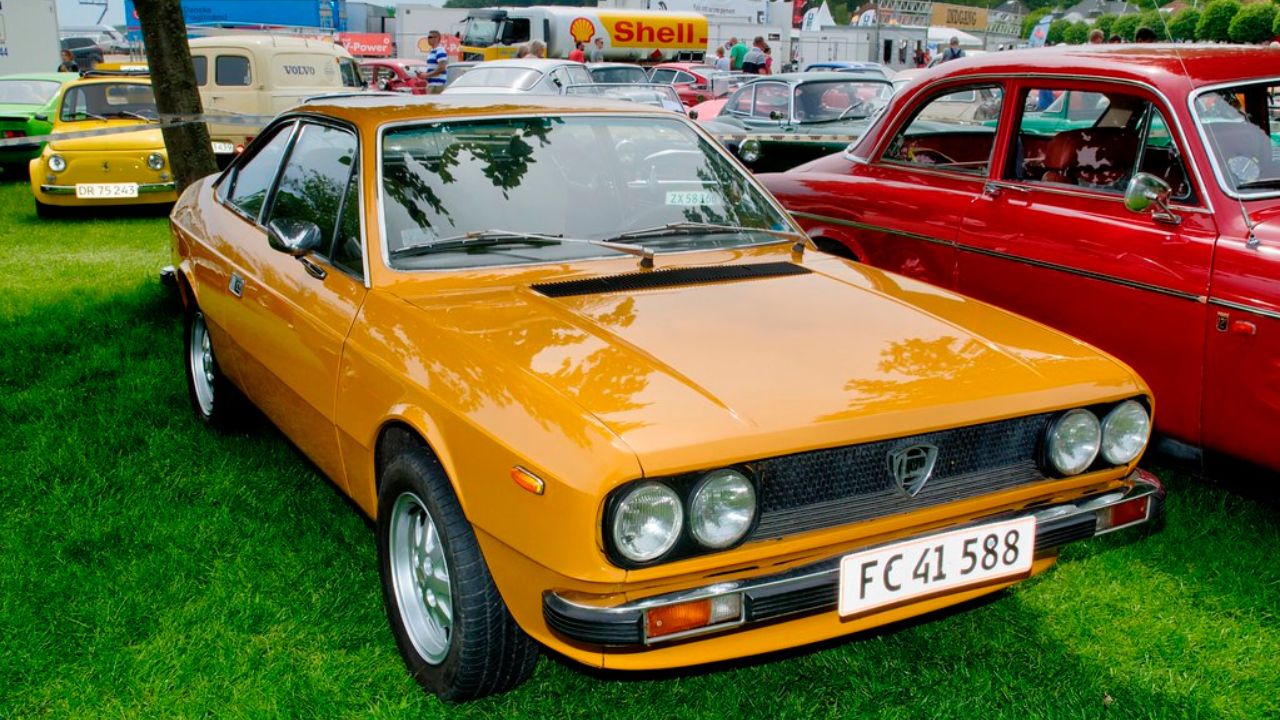
The Beta Coupe used front-wheel drive but still handled with a lot of precision. Its 1.8L or 2.0L twin-cam engines weren’t high-output, but the car’s low weight and tight suspension made it work. It had independent suspension all around and a surprisingly quick rack.
Weight was around 2,400 pounds, and the combination of short gearing, communicative brakes, and good grip made it fun in the corners. The interior was more upright and Italian in layout, with thin seats and a small steering wheel. You had to keep the revs up, but it rewarded smooth driving.
1967 Datsun 1600 Roadster (Fairlady)
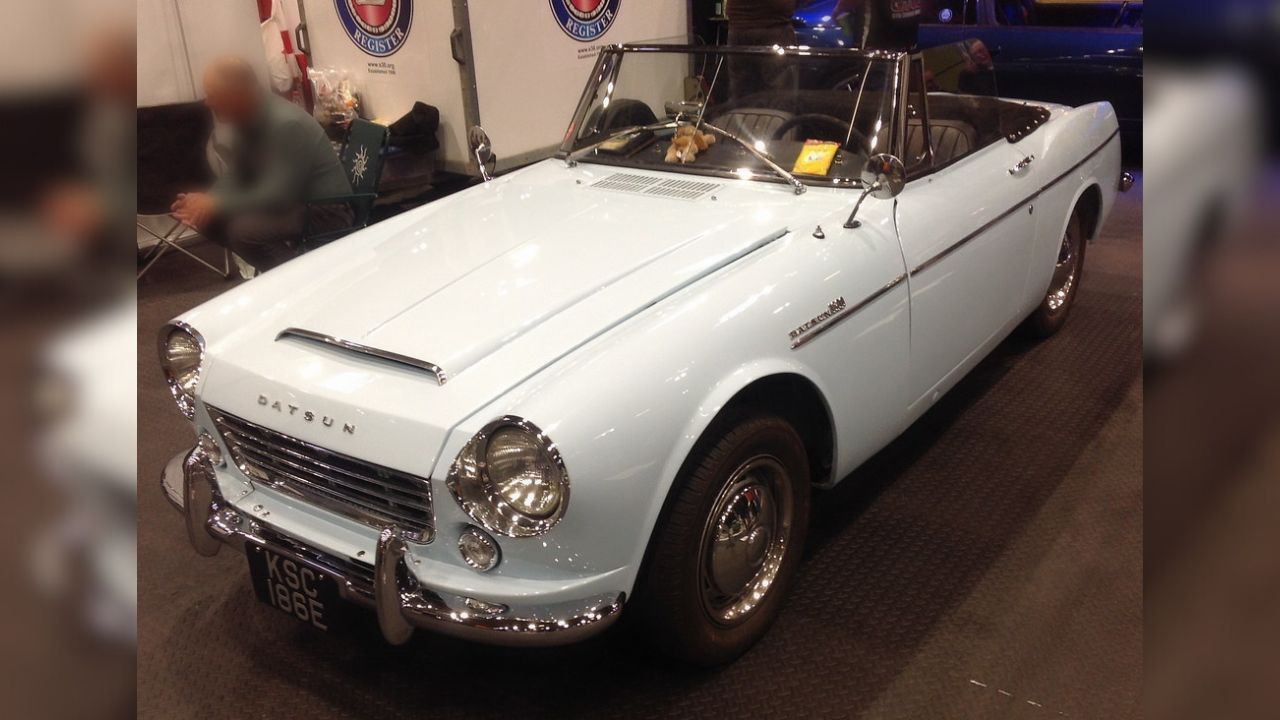
Technically a roadster, but many of these were built with removable hardtops and behaved more like lightweight coupes. The 1600 made around 96 hp from its 1.6L four, paired with a slick 4-speed manual and rear-wheel drive. With curb weight under 2,100 lbs, it handled with real agility.
Double wishbones up front and a well-located rear axle gave it control on bumpy roads, and the steering was direct without being twitchy. Inside, it was spartan but focused—clear gauges, decent seats, and everything you needed to pay attention to the road, not the radio.

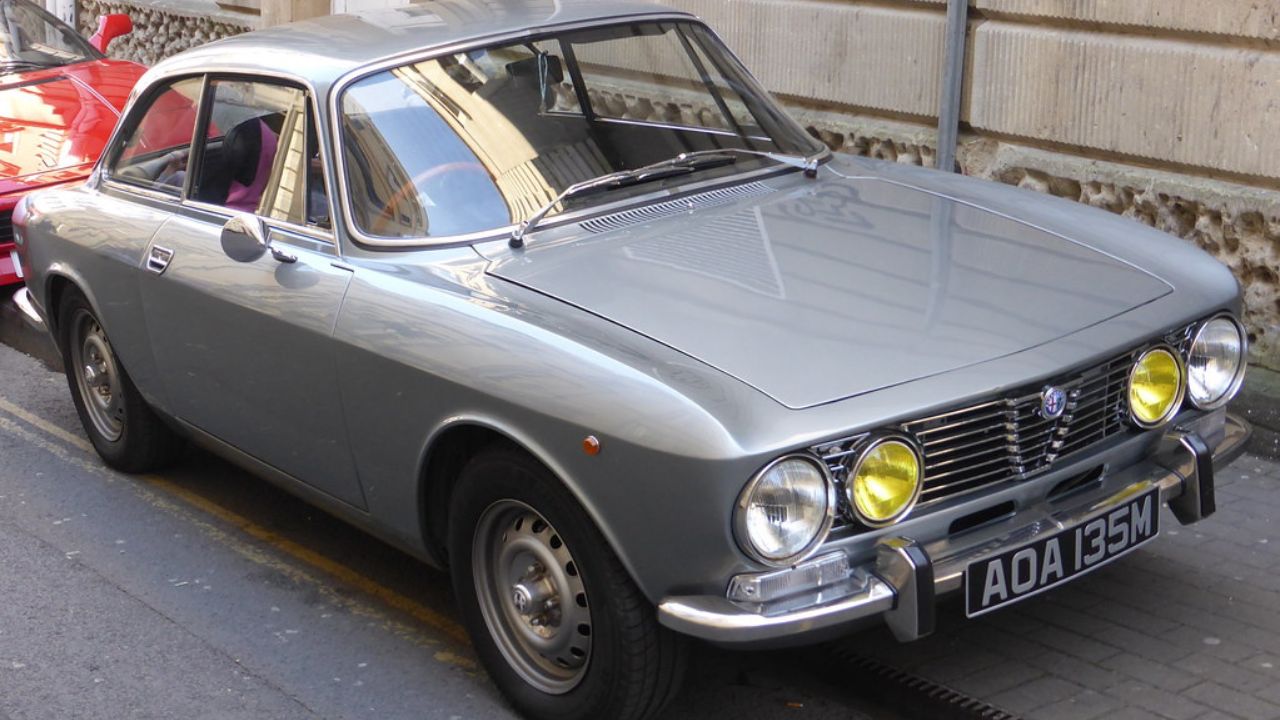
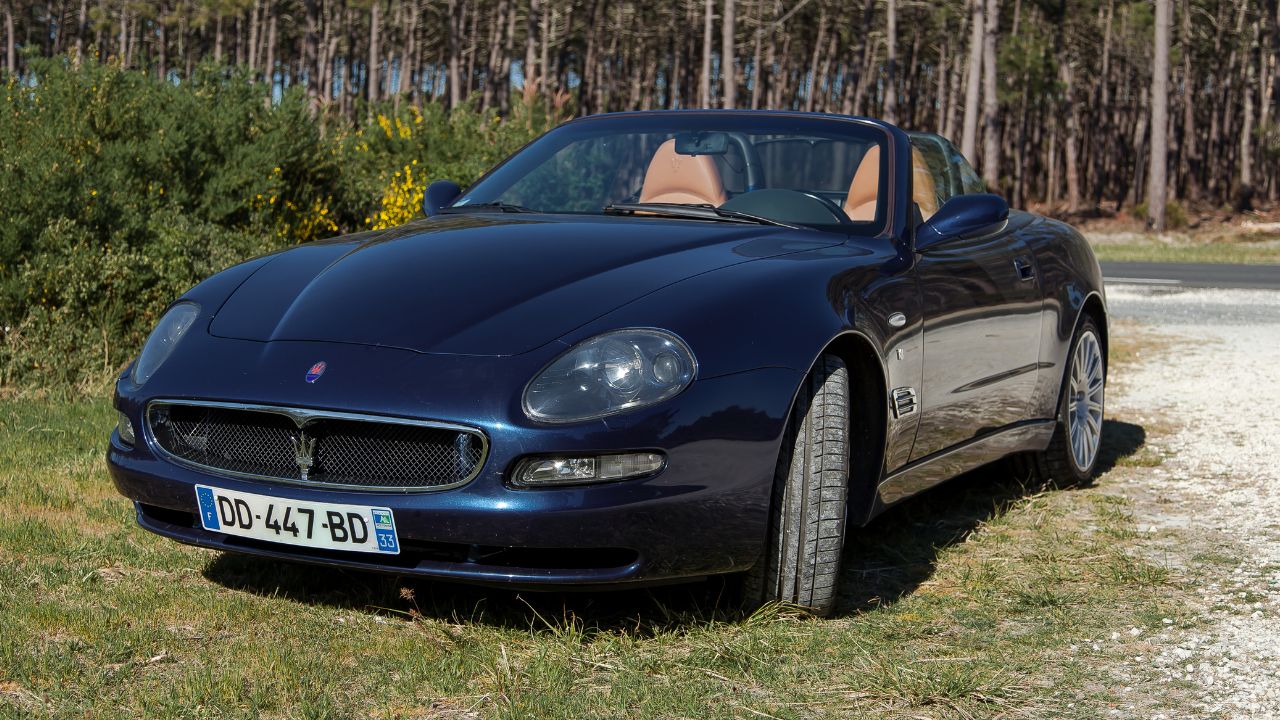
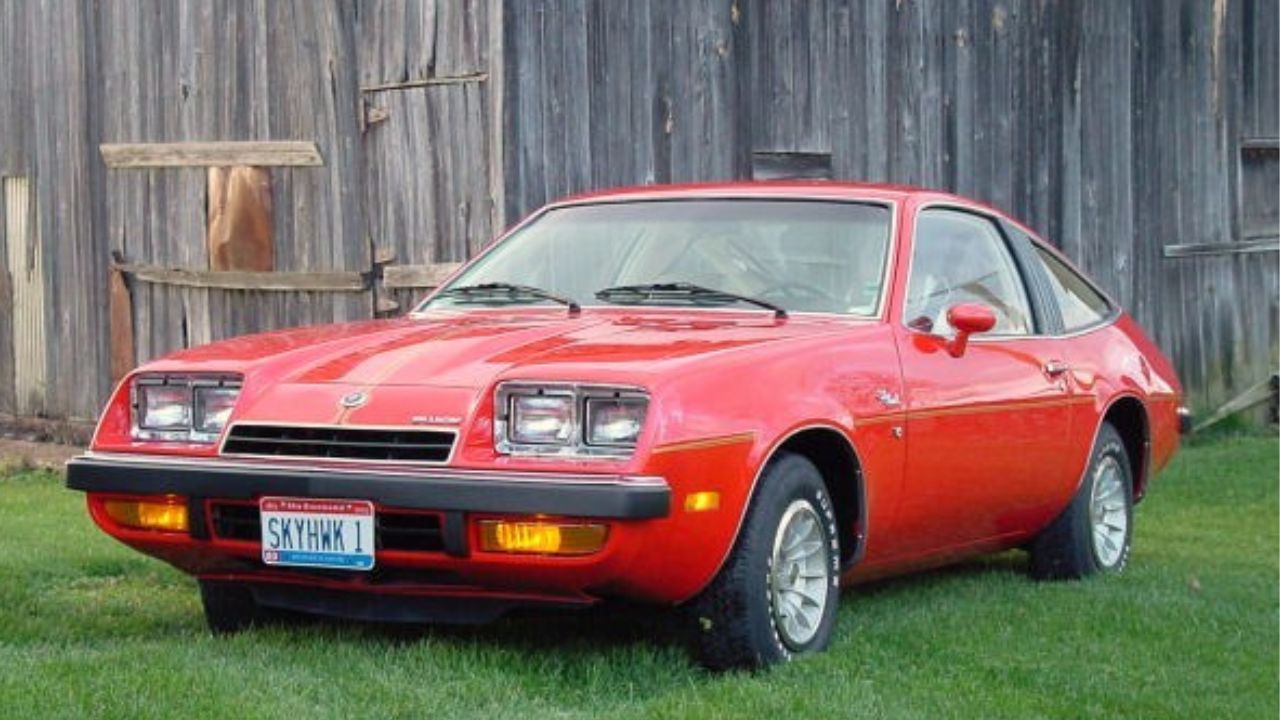
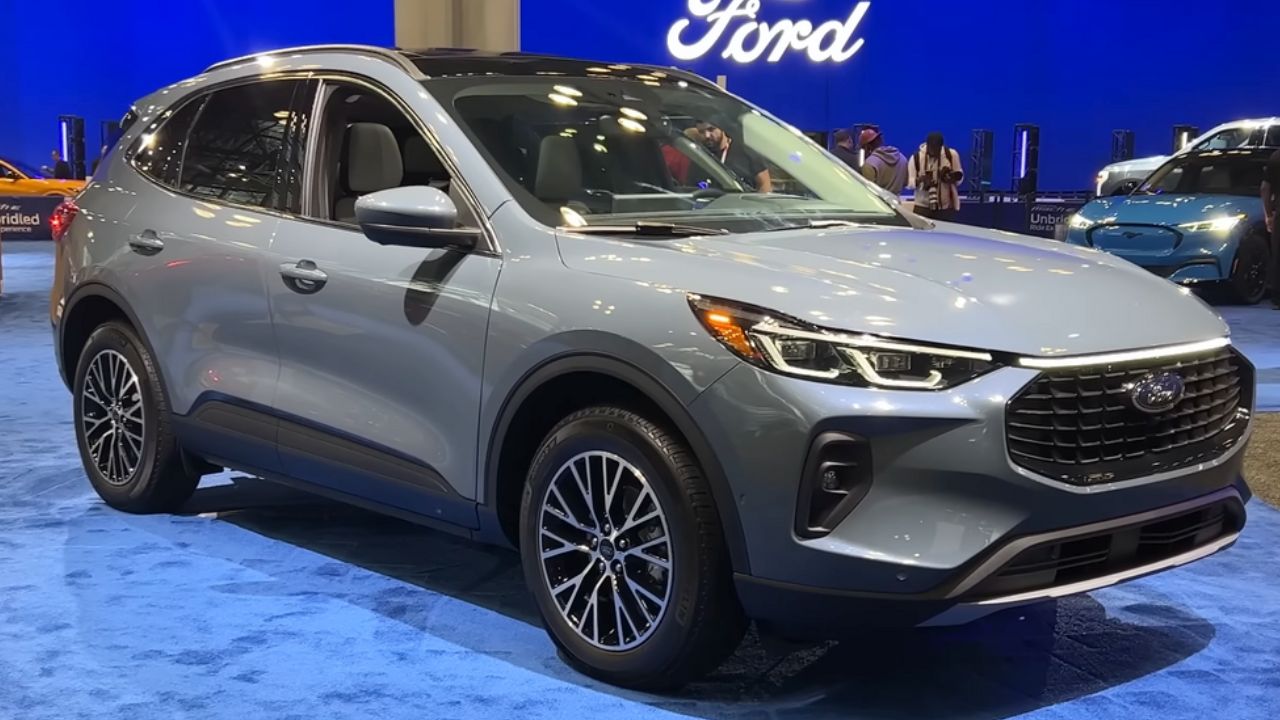
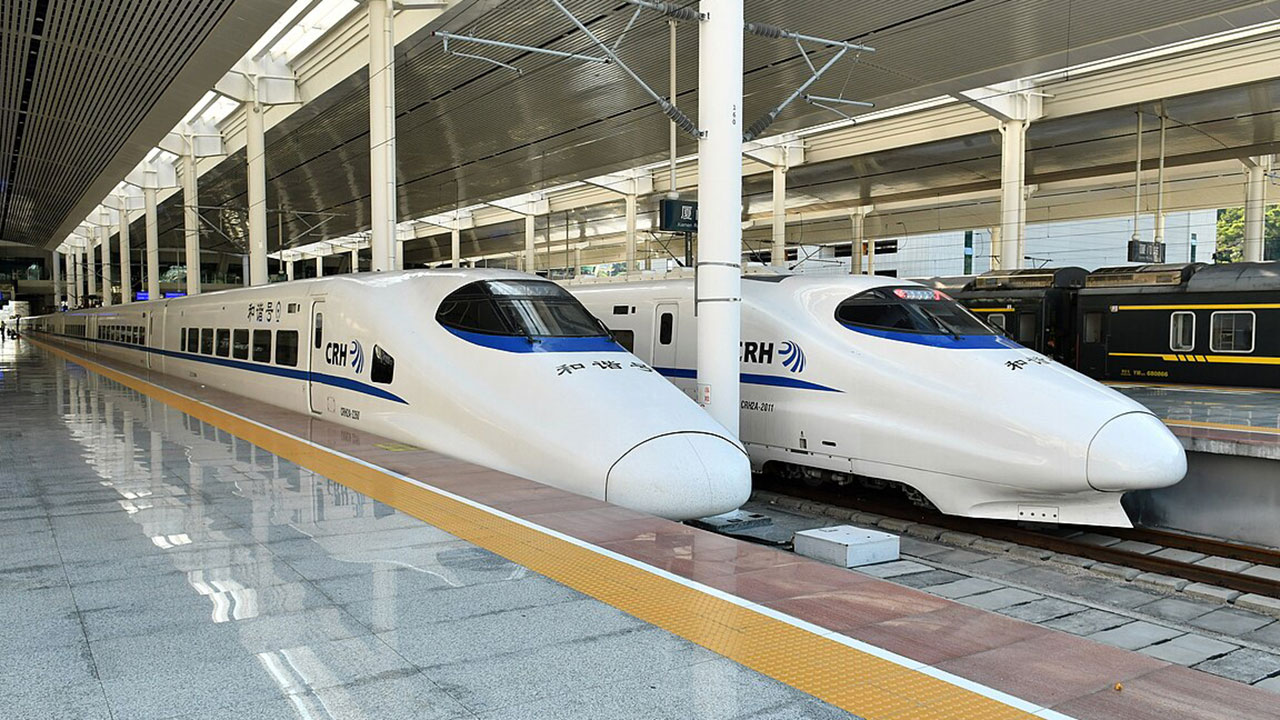
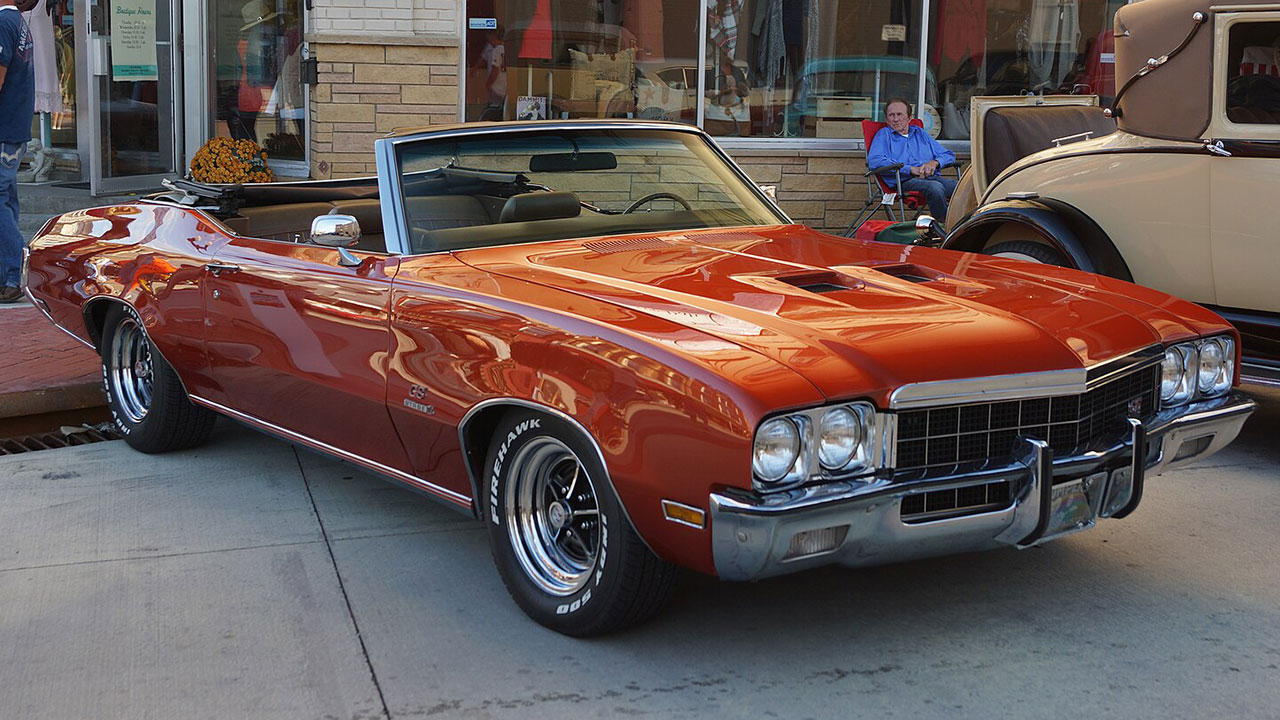
Leave a Reply